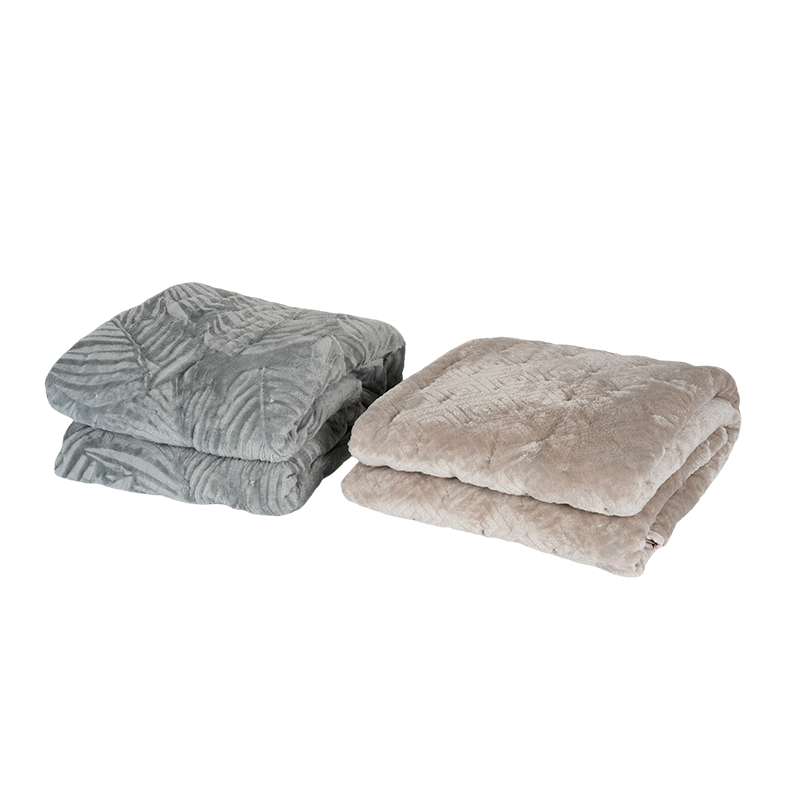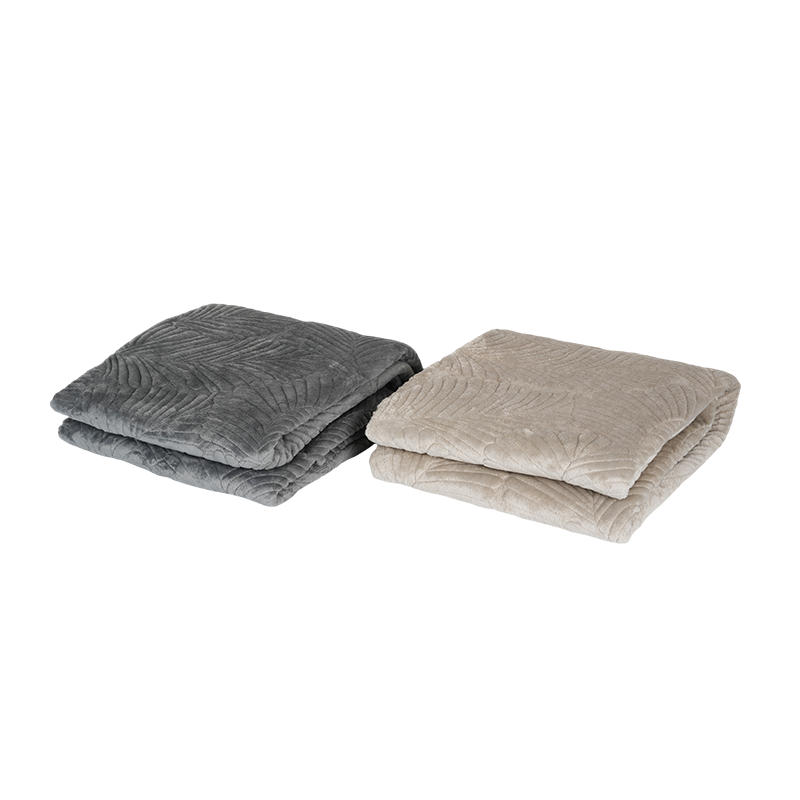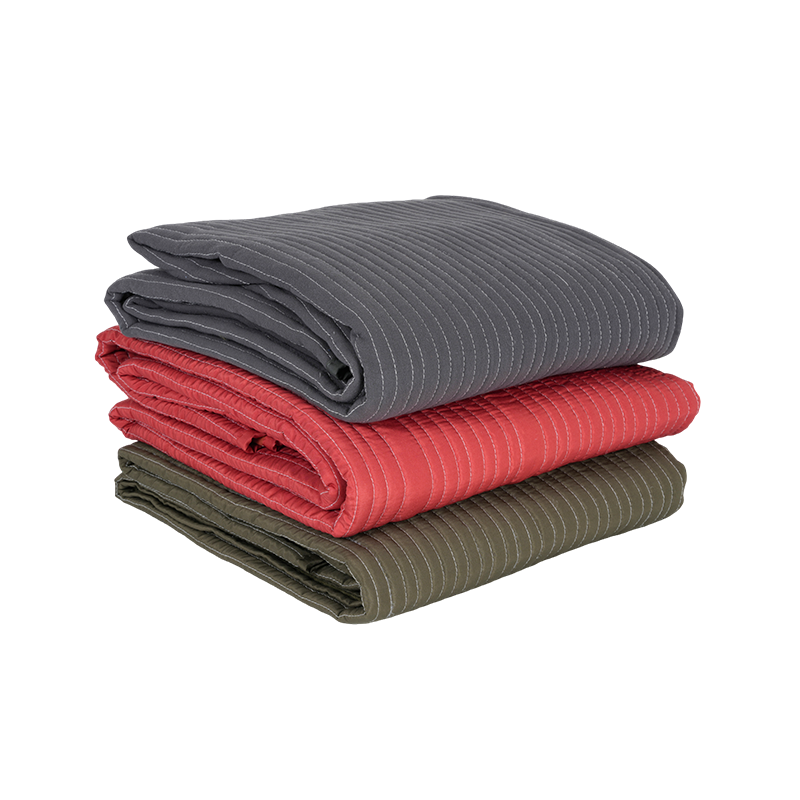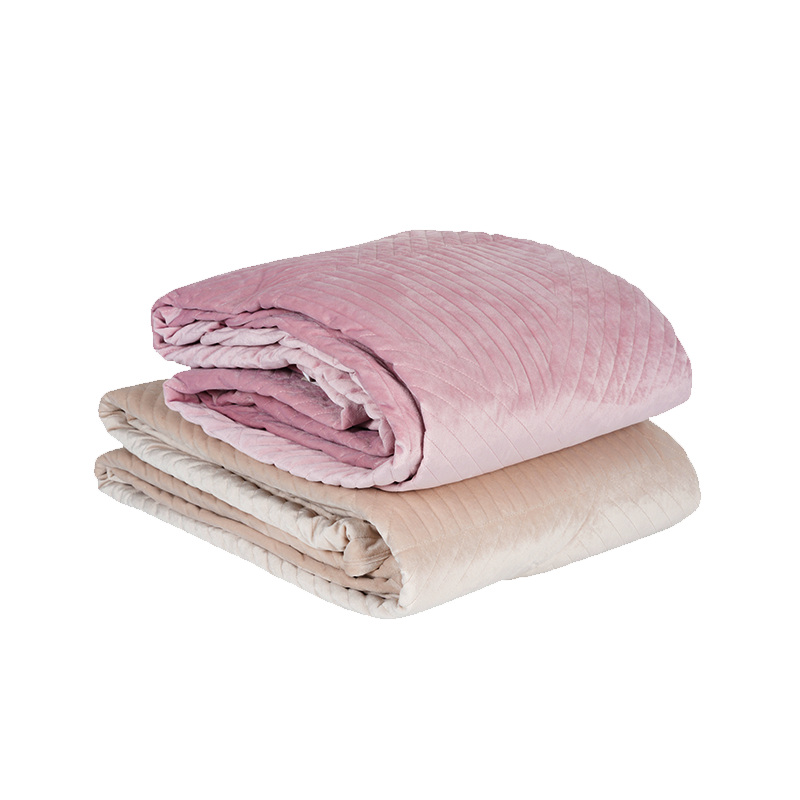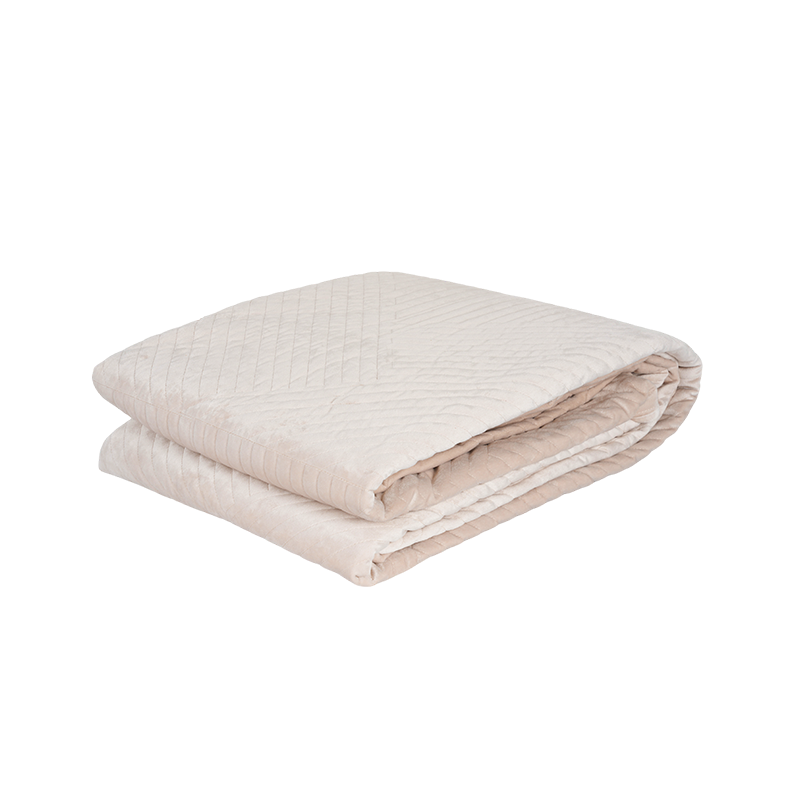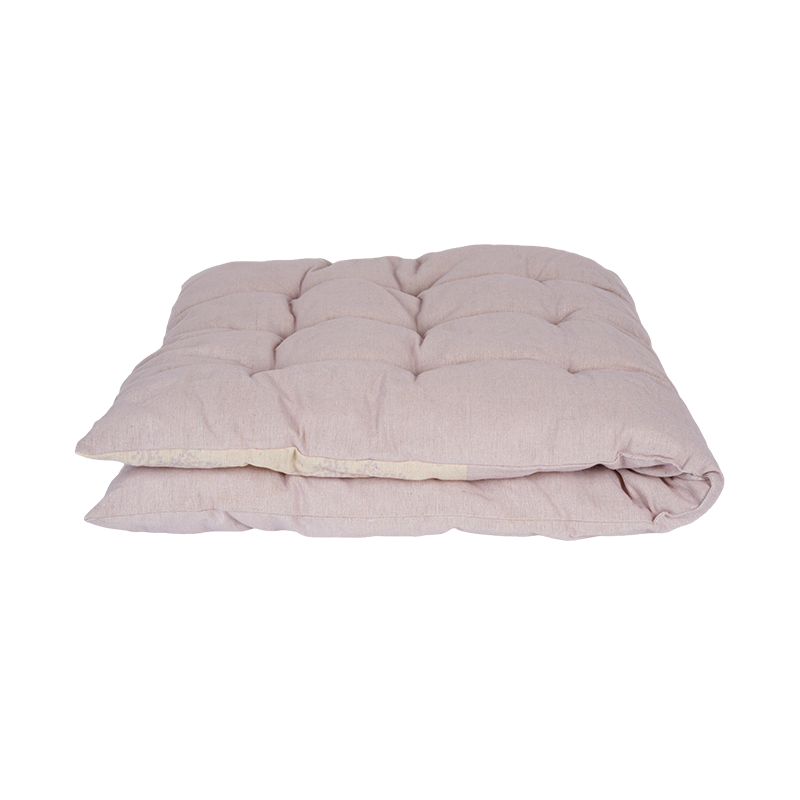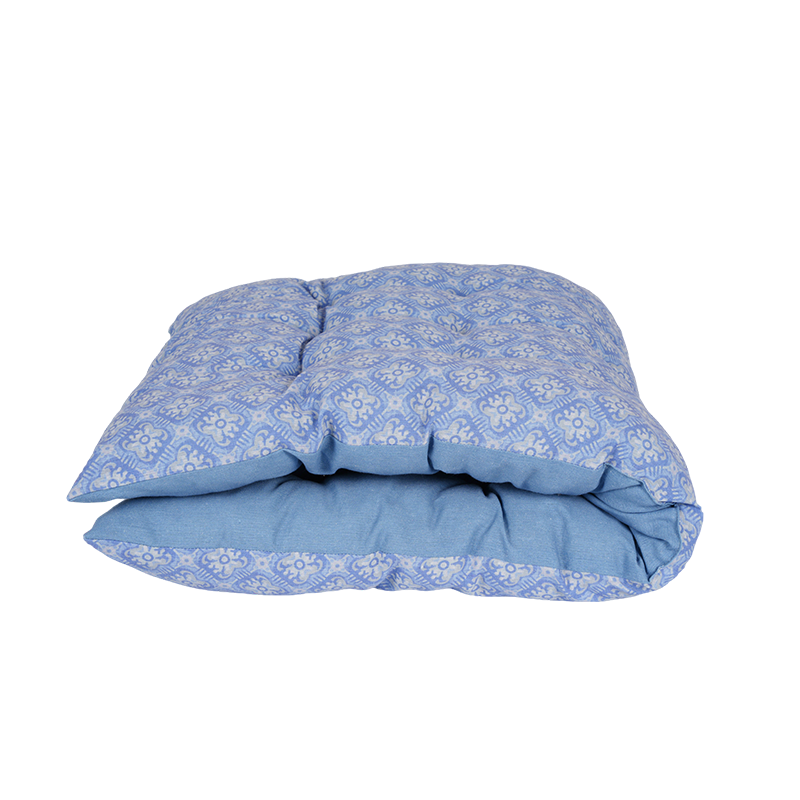- Type:
- Industry News
- Date
- 2025-Oct-10
Is Your Dog's Bed Supporting Their Joint Health? What Pet Owners Should Know!
As a dog bed supplier that cares about pets’ wellbeing, we’ve noticed pet owners are paying more attention to how their choices affect their furry friends’ health. Talk about pet furniture isn’t just about “being cozy” anymore—it’s about whether the bed helps support joints, especially since dogs are living longer these days. This is a great chance to break down what a truly supportive sleep space looks like for dogs of all ages and sizes.
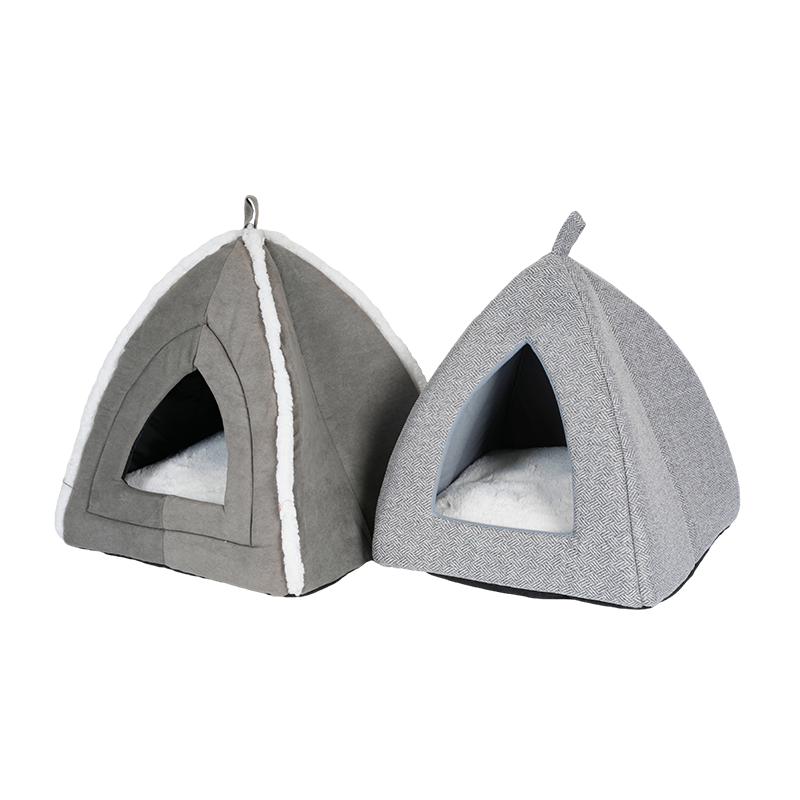
Understanding Canine Sleep Requirements
Dogs spend about 12–14 hours a day sleeping (that’s half their life!), so good rest is key to their overall health. Unlike us, dogs don’t sleep in one long stretch—they nap often, and their sleep habits depend a lot on their size and breed. For example, tiny dogs like Chihuahuas or Corgis love curling up into tight balls, so they need beds with soft sides to feel secure. Big dogs like Golden Retrievers or Labradors, though? They stretch out like loaves of bread, so their beds need to be long enough to fit their whole body (no more paws hanging off!). As a dog bed supplier, we make sure to design beds that match these habits—so every dog can sleep the way they naturally want to.
Orthopedic Considerations for Aging Pets
Older dogs, or those with joint issues (like arthritis or hip dysplasia), need extra care when it comes to beds. A bed that’s too soft? It’ll sink when they lie down, making it hard for them to push themselves up—my neighbor’s 10-year-old Poodle, Max, used to struggle to get out of his fluffy soft bed every morning. A bed that’s too firm? It’ll press on their sore joints, making them ache more. That’s why we make orthopedic beds with a middle ground: they’re soft enough to cushion hips and elbows, but firm enough to hold a dog’s weight. After Max switched to one, his owner said he now jumps up (slowly, but happily!) to greet her in the morning—no more limping.
Material Selection for Health and Hygiene
The materials in a dog bed matter for both support and keeping things clean. Let’s be real—pets have accidents: puppies pee, older dogs drool, and everyone rolls in dirt outside. We pick fabrics that stay supportive even after washes (no lumping up!) and resist moisture—like waterproof polyester. Most of our beds have removable covers that zip off, so you can throw them in the washing machine. This isn’t just about smell (goodbye, doggy odor!); it also cuts down on allergens and bacteria that can make both your dog and your family sick. No one wants a bed that gets gross after a month—we make beds that stay fresh.
Size and Design Considerations for Proper Support
A bed that’s the wrong size won’t help anyone. If it’s too small, your dog will curl up too tight to stretch their joints—like a Dachshund forced into a cat bed, all legs tucked awkwardly. If it’s too big, small dogs might feel scared (no walls to lean on!) and refuse to use it. We have beds in sizes from “teacup puppy” to “giant Great Dane,” and we add little touches like raised edges for dogs who love to rest their heads. For example, our medium-size bed is perfect for Beagles—big enough to stretch, but with a side they can lean against when they nap. It’s not just about size; it’s about making your dog feel safe and supported.
Integrating Veterinary Insights into Product Development
We work with vets to make sure our beds do more than just look cute. Vets tell us that dogs’ joints (especially hips and shoulders) need even weight distribution when they sleep—so we don’t just stuff beds with random foam. We use layered foam that’s thicker in areas where dogs put more pressure (like their chest and hips). We don’t make medical claims—we can’t say a bed “cures” arthritis—but we do know that a bed designed with a dog’s body in mind can make their sleep more comfortable. After all, if your dog sleeps well, they’ll have more energy to play, walk, and snuggle with you—and that’s what matters most.


 English
English
 English
English Español
Español